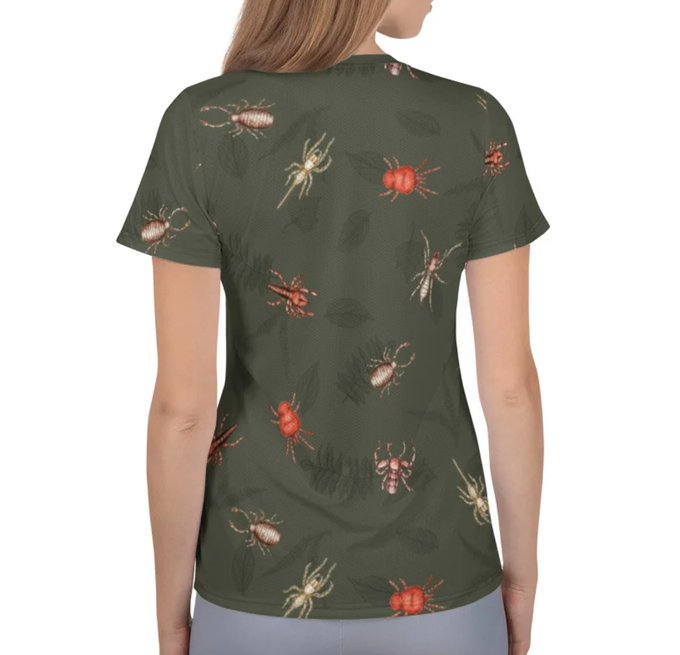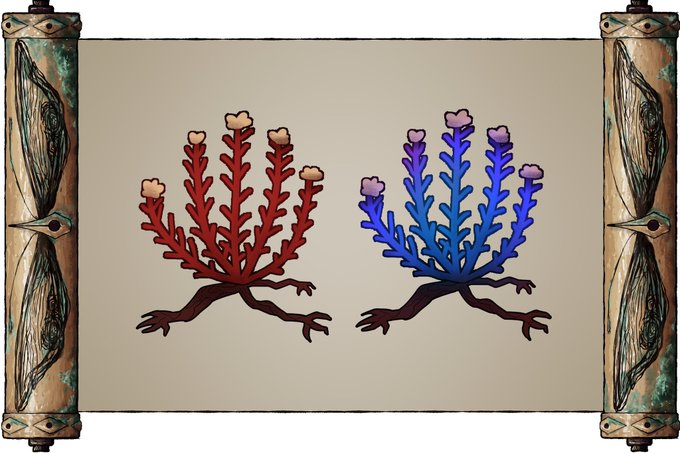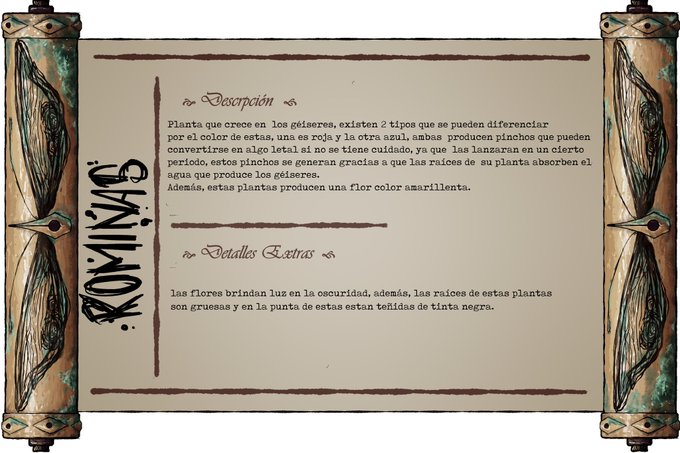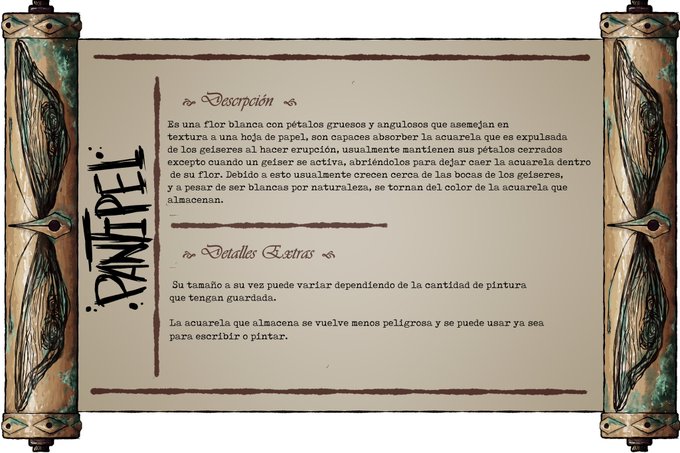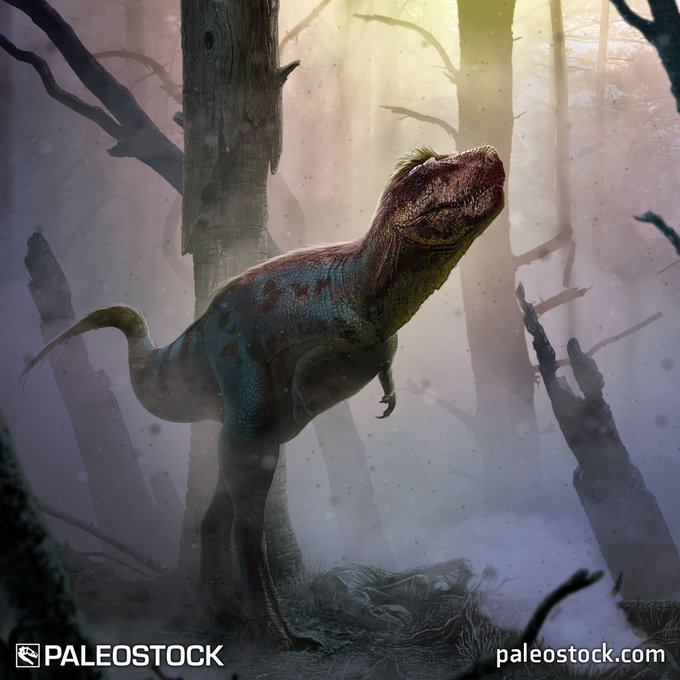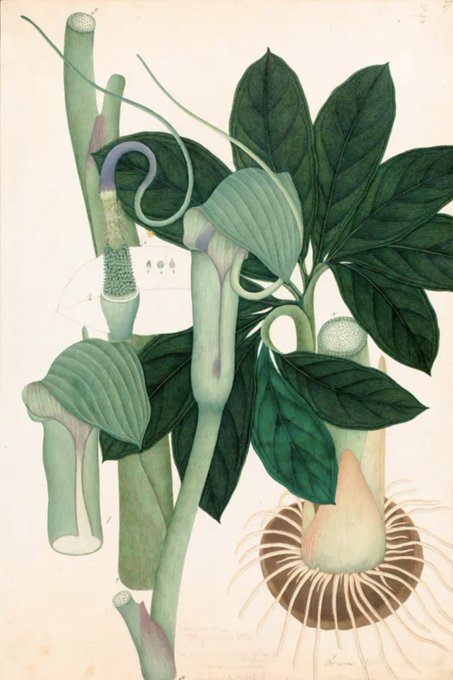specimens,のTwitterイラスト検索結果。 47 件中 2ページ目
We are proud to announce that XenoCat is gearing up for Denfur 2021!
Come by and meet our crew and specimens, we would love to say hello and introduce ourselves!
Denfur is our home con, and it’s been a while but we are excited to be back and see all your lovely faces!
Finally, whether you’re hunting #Arachnids in leaf litter, cataloguing specimens, or writing your genus revision, @vexedmuddler keeps you in style with arachnid-themed clothing & accessories that fit your active (or slacker) life. #Arachnids21
Shop: https://t.co/MVpArVBw3r
We also found pretty interesting and beautiful plant specimens, they seem to accomplish certain functions in this biome, and that's worth of a close investigation
Me, saying how lovely bee flies are 😉, featuring the standard image of me gazing adoringly at flies....
From the latest @NHM_London #WildWorlds publication which features specimens, staff & a whole lot more about Nature (@BroadGavin even shows you how to build a moth trap...)
Mandrake Root from Leonhart Fuchs’ 1543 “Neu Kreuterbuch”, a king of 16th C botanicals. Fuchs depicted plants as specimens, especially evident with the mandrake, depicted as an actual root rather than a magical emblem of superstition. It’s also 500 years old, and gorgeous
Gorgosaurus was a tyrannosaurid theropod dinosaur from the Late Cretaceous of North America. It is known from dozens of specimens, making it the best-represented tyrannosaur.
https://t.co/slgBc1rH8e
Illustration by Sergey Meleshin
#paleoart #sciart
Cool thread on the #theropod #dinosaur Majungasaurus from Madagascar. Known from several good specimens, its ornamented skull caused some fragments to be mistaken for a pachycephalosaur.
L by @wildpast_studio R by @JCsotonyi #FossilFriday https://t.co/L4DWxUngW8
Robert #Hooke's "Micrographia" (1665) was the first work to depict microscopic specimens, and includes his famous illustration of a flea. Hooke praised the "beauty" of this creature, with its "suit of sable Armour" and "sharp pinns...like Porcupine’s Quills." 🦔🔬 #ArchivesBugs
Botanical illustration and the park: Margaret Rebecca Dickinson Collection of Watercolors - a talented Victorian artist who assembled a collection of over 1,000 British plant specimens, now available on Jstor ...... https://t.co/nwOsOQ7how #botanicalillustration
Something cute, fluffy and still living for a change. Paucidentomys, the earthworm-eating, nearly toothless rat from Sulawesi, and Cuscomys, the mysterious chinchilla rat of Machu Picchu. Both known from very few specimens, either very rare, very elusive, or both.
Anyone want to make my roadie an updated ref?!? I want him to look more like a real opossum! He also have new glasses and he needs his beanie he wears also.
I have some characters, closed species, and oddities (skulls, wet specimens, witchy things, I would trade! For it)
#furry
#MuseumsUnlocked #Collectors Maria Sibylla Merian began collecting and studying insects at age 13. Working from live specimens, she depicted the stages of caterpillar metamorphosis. Her illustrations are held by @RCT among others https://t.co/g8AvhuovDG #MuseumsUnlocked
My serotonin
My holy grail
Beautiful specimens, yes
I love them with all my heart
And so should you!!
Test # 241
The specimen showed a huge weight gain when ingesting the serum, a different reaction compared to the other specimens, more tests will be needed
Berlin-based artist Sofia Crespo describes her work as the “natural history book that never was.” Her watercolors seem like illustrations that at first glance, resemble 18th Century exotic book of fish specimens, but much more colorful and, I add, twisted.
300 years ago, a pioneering Dutch natural history encyclopedia (https://t.co/EbCwQkGasb) included among its fish specimens, in total seriousness, this astonishing illustration of a mermaid. Now a face mask (because why not), benefitting Nature Conservancy: https://t.co/qU0DmcbM3G
New #taxonomy! Upper Cambrian and Lower Ordovician conodont biostratigraphy and revised lithostratigraphy, Boothia Peninsula, Nunavut 👀 over 640 conodont specimens, with 35 species = 16 genera + a new species, Rossodus? boothiaensis sp. nov.
https://t.co/jQwDodzqJU
Unfortunately, the storage box containing the rest of specimens of the original series was destroyed by Cribb’s landlady in revenge for rent arrears.
Since then, nobody else has been able to collect any further specimens, and the moth has not been seen alive.
@ni075 @CambrianShe In some specimens, you’re also able to see the transition between the annulations of the head and frontal appendage and the smooth cuticle of the trunk.
#PlantHumanities, #plant #VisualCultures: #botanical #drawings as proxy #specimens, used by #herbarium #botanists in plant identification. Shown here: 1 &2 by #Vishnupersaud, 3 & 4 by William #Burchell, early #C19. #art & #science in counterpoise @RoyalHolloway @Kew_LAA






